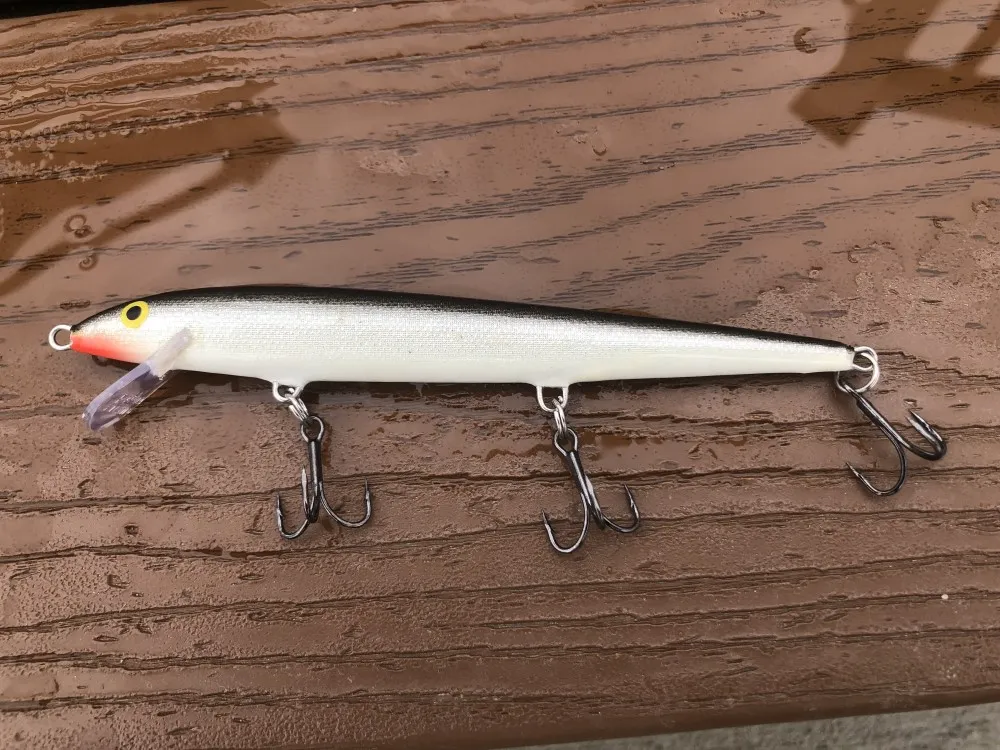How to Catch Walleye at Night

* This page contains affiliate links. The Great Lakes Fisherman may earn a commission on items purchased through these links. For more on this, please click here.
Walleye are a great fish to eat and can be caught any time of the day when using the right technique. This makes them a very popular gamefish. But one of the best times to chase these toothy critters is at night. That’s when walleye become the apex of apex predators. And when fishing for them at night there is one lure that shines above all others: the original floating Rapala!
Walleye are very light sensitive and prefer low-light coniditions. This same light sensitivity means that they have excellent night vision. This gives them an enormous advantage over many other fish species when night falls. So when the sun hits the horizon, walleye will often move into shallower water to chase prey.
For the angler, this means coming up with the right color combination for the fish to see well. In low light conditions, the rod cells of a fish’s eyes are doing the predominant work. They don’t detect color, only shades of grey, black and white. But they can see these contrasts very well, even in their peripheral vision. This means that contrasting black and whites are easily seen in these conditions. And this is what makes the original floating Rapala so effective.
The Rapala can be effective by casting it if you are fishing from shore. Find areas along the lake or river that tend to hold bait fish on waters where walleye are known to live. If you are in a boat, the most effective technique is to troll it along the same bait filled shallow waters. Trolling parallel to the edge of weed beds is particularly effective.
We have used this technique on many different bodies of water. From the smaller walleye lakes of Ontario to the Detroit River and the Great Lakes and it has proven to be effective on all of them.
And fishing at night has some advantages. The lake is much quieter at night as most boaters have docked for the day. This leaves much of the lake available to fish. In addition, in the heat of the summer, when many of us have time to fish, the night bite can be more comfortable from a temperature perspective (just don’t forget the bug spray).
So if you haven’t tried night fishing for walleye in the summer, be sure to give it a try. And don’t forget the original floating Rapala. It’s likely the only bait you’ll need.
